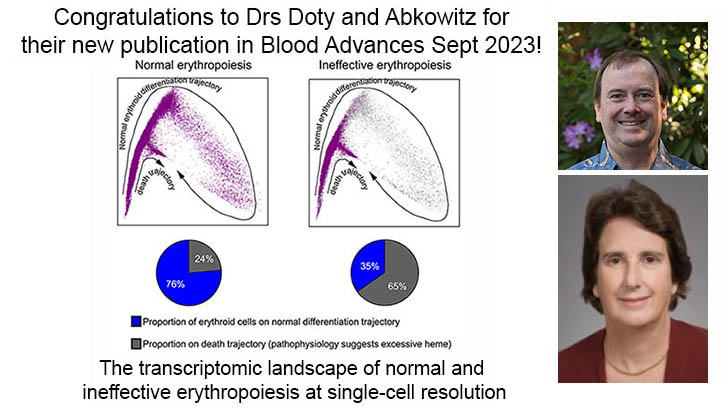Our center supports four cores:
The Iron & Heme Core
Focuses on measuring the activity of enzymes that synthesize heme and heme precursor molecules as well as determining transition metal levels in biologic samples
The Protein-Metabolite Interaction Core
Utilizes a unique system to find metabolites that bind to your protein of interest. Identifying how these small molecules activate, stabilize or repress your protein are then assessed
The Metabolomics/Lipidomics Core
Specializes in identifying metabolic changes in the basic building blocks of cells, molecules necessary in the bioenergetics of cells and lipids that are both functional and structural
Enrichment Core
Our robust enrichment program focuses on training researchers with a focus on iron and heme metabolism, hematopoiesis and erythroid biology
Meet the Utah CCEH (CIHD) Team
CIHD YouTube Channel
Want to learn more about Fe-S clusters, heme synthesis and iron homeostasis?
Listen to Dr. Tracey Rouault’s talk sponsored by the Utah CCEH.
Check out other videos on our YouTube Channel













